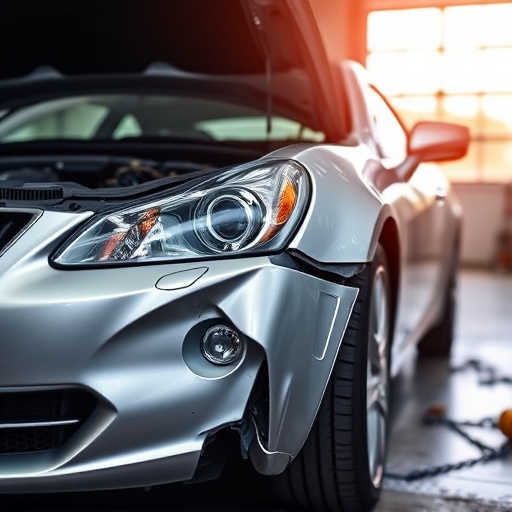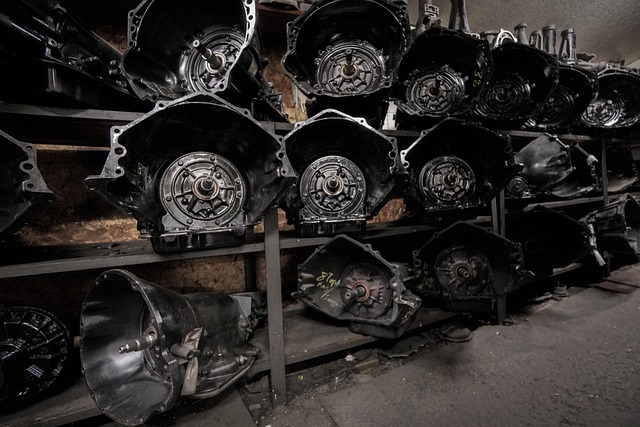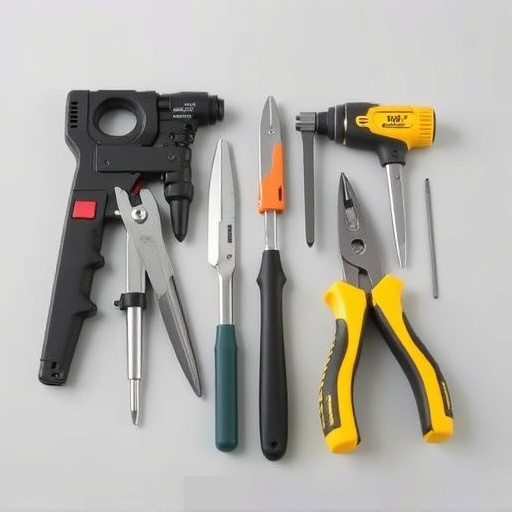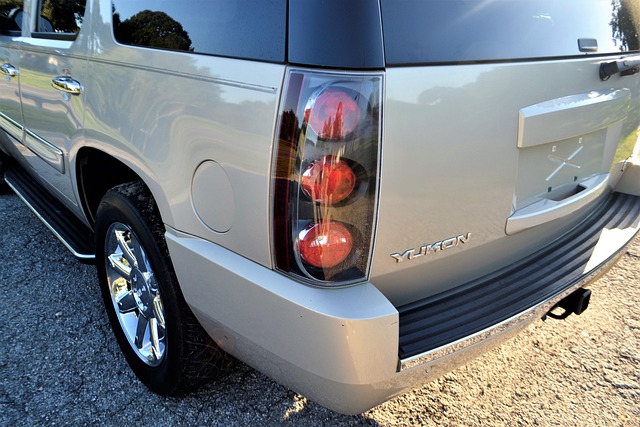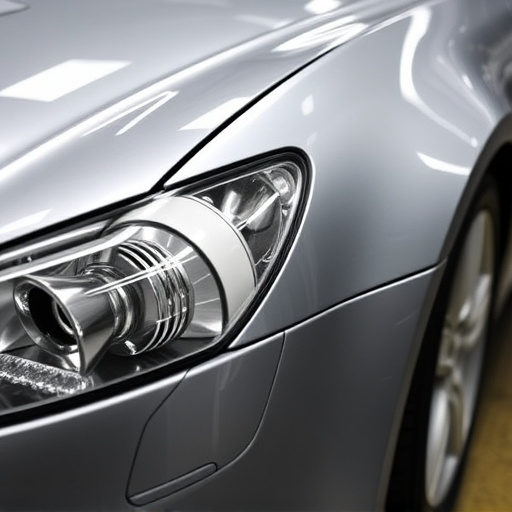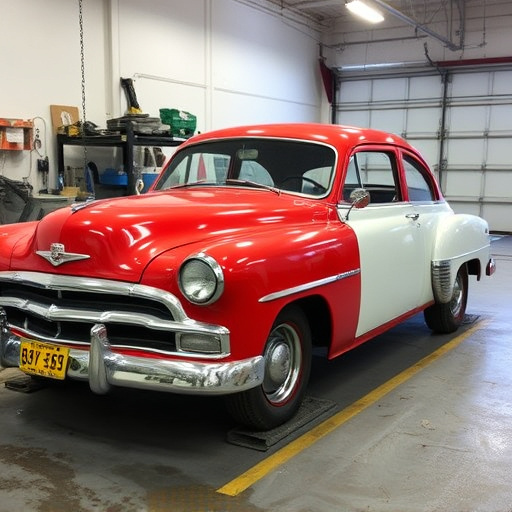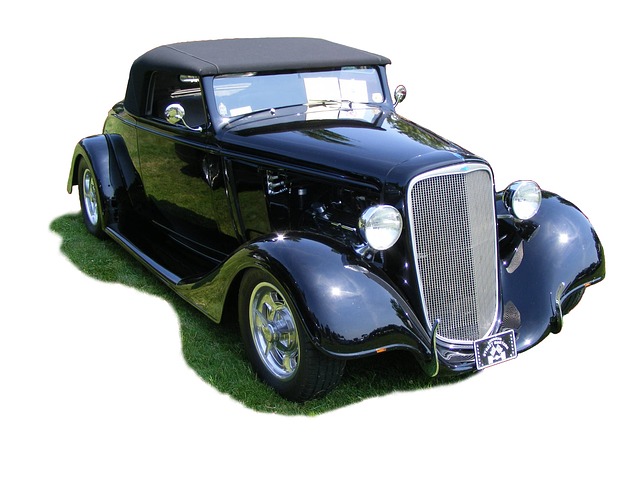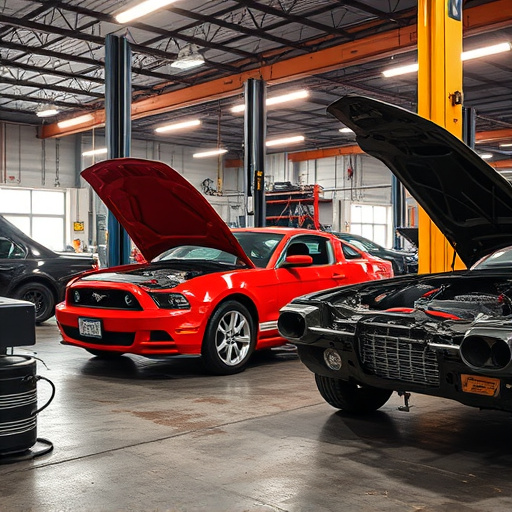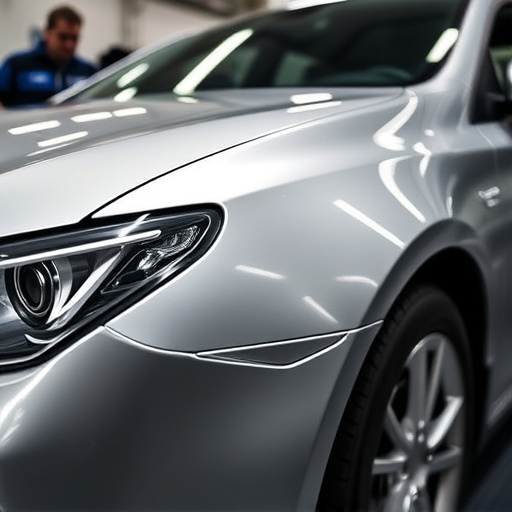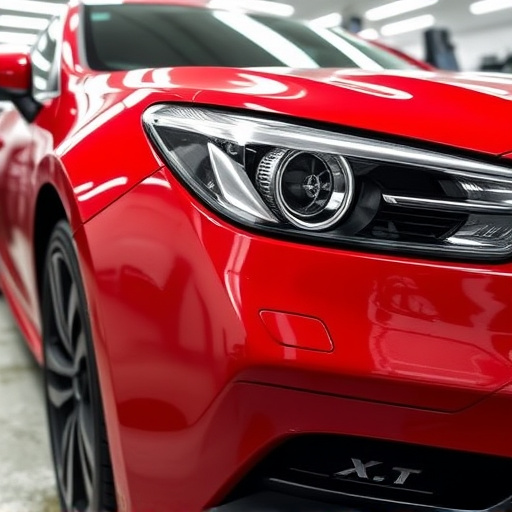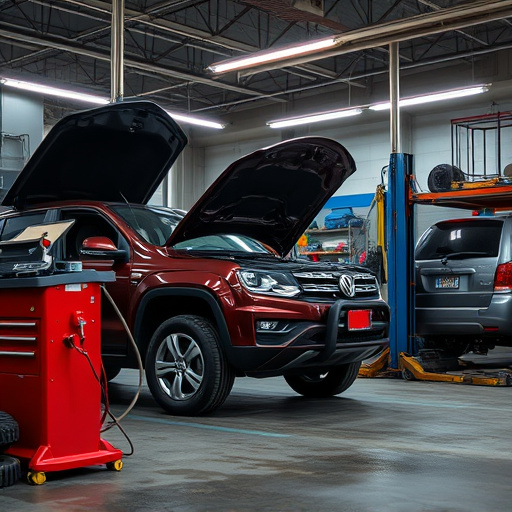Aftermarket auto glass provides an economical solution for replacing various automotive components, offering cost savings and customization options for frugal drivers. Its affordability stems from mass production while maintaining quality and safety standards. When choosing between aftermarket and original equipment (OE) glass, consider that aftermarket glass is suitable for minor cracks or chips, but OE glass is recommended for severe damage affecting driving dynamics and visibility, as it undergoes rigorous testing for safety and superior impact resistance.
Aftermarket auto glass offers a cost-effective solution for budget-conscious car owners looking to replace damaged or cracked windshields and windows. This article delves into the basics of aftermarket glass, highlighting its benefits for those seeking affordable alternatives without compromising quality. We’ll explore scenarios where aftermarket glass shines, especially when compared to original equipment, making it a smarter choice for your wallet.
- Understanding Aftermarket Auto Glass: The Basics
- Benefits for Budget Shoppers
- When to Opt for Aftermarket vs. Original Equipment Glass
Understanding Aftermarket Auto Glass: The Basics
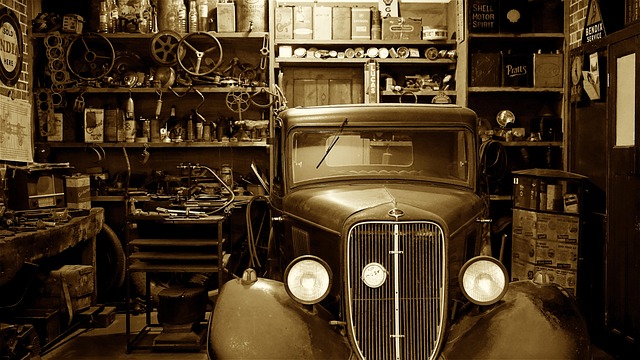
Aftermarket auto glass refers to replacement automotive glass components that are produced by manufacturers other than the original equipment manufacturer (OEM). While many people associate it solely with windshields, aftermarket auto glass can include a wide range of products, from side mirrors to backlights. This diversity makes it a versatile option for budget shoppers looking to replace damaged or broken car parts, including not just auto glass but also components like car dent repair, bumper repair, and other exterior accessories.
Understanding the market for aftermarket auto glass is crucial when shopping on a budget. Unlike OEM parts that are designed specifically for a particular vehicle model, aftermarket glass is often more affordable because it’s made in bulk and can fit multiple makes and models. This versatility not only saves money but also offers a wider selection of choices. Additionally, some aftermarket brands focus on providing high-quality replacements that meet or exceed safety standards, ensuring peace of mind for drivers who need quick repairs to avoid more costly accidents or tickets due to damaged auto glass.
Benefits for Budget Shoppers

For budget shoppers looking to save on their vehicle’s maintenance, aftermarket auto glass offers a range of benefits. One of the primary advantages is cost-effectiveness; aftermarket glass is typically less expensive than OEM (original equipment manufacturer) parts, allowing drivers to replace their car’s windows or windshields without breaking the bank. This affordability makes it an attractive option for those on a tight budget, especially when coupled with the high quality and performance of modern aftermarket auto glass products.
Additionally, accessing aftermarket auto glass provides flexibility in terms of choice. Shoppers can find a variety of options in terms of brands, styles, and even custom designs, enabling them to personalize their vehicle’s look while still maintaining affordability. This versatility is particularly useful for those who want to enhance their car’s aesthetics or replace damaged glass with a match that perfectly complements their automotive repair and car bodywork needs without compromising on budget-friendliness.
When to Opt for Aftermarket vs. Original Equipment Glass

When deciding between aftermarket auto glass and original equipment (OE) glass, budget-conscious shoppers should consider a few key factors. Aftermarket glass, while often cheaper than OE options, may not always be the best choice for every situation. For minor cracks or chips that don’t affect driving safety, such as those in the bumper or window frames, aftermarket glass can be an excellent and cost-effective solution. These repairs can be efficiently and affordably completed by professional vehicle repair services, ensuring your car’s aesthetics are maintained without breaking the bank.
However, for more severe damage or when safety is a primary concern, such as a cracked windshield that impacts driving dynamics or visibility, opting for OE glass is typically recommended. Original equipment glass undergoes rigorous testing to meet safety standards and offers superior performance in terms of impact resistance and clear visibility. While it may carry a higher price tag compared to aftermarket options, investing in OE glass can be more beneficial in the long run, ensuring your vehicle’s structural integrity and enhancing overall vehicle repair services quality.
For budget-conscious consumers, aftermarket auto glass offers a cost-effective solution without compromising on quality or safety. By understanding the basics and recognizing the benefits, you can make an informed decision. While original equipment (OE) glass has its place, aftermarket options provide excellent value for money, especially when repairing or replacing older vehicles. So, if you’re looking to save costs without sacrificing reliability, choosing aftermarket auto glass is a wise choice.

